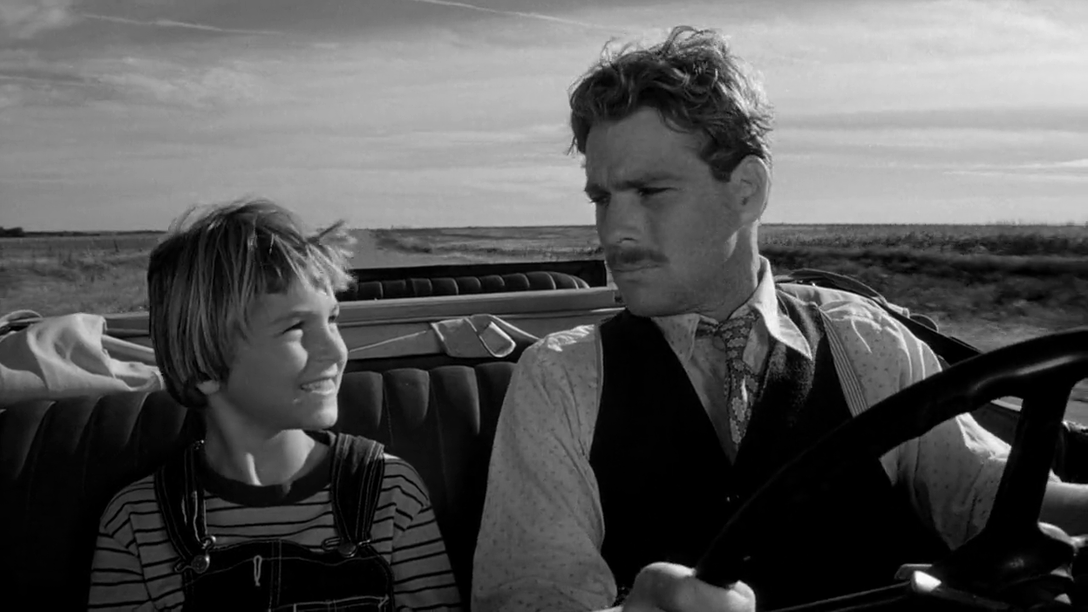The Spring 2020 Screening Series for students in certain film/media courses from professors Justin Wyatt and Keith Brown starts on Friday. The first movie shown will be 1973’s “Paper Moon,” directed by Peter Bogdanovich. Don’t know whether or not the movie’s up your alley? The Cigar is here to help.
If you know what to look for, you can get better and better at figuring out what movies you’ll like before watching them. It boils down to knowing which elements of a movie are important to your personal enjoyment, knowing how you like those elements handled and what filmmakers tend to deliver the things you like the way you like them.
I bring this up only because I will not be reviewing “Paper Moon” in the sense you might expect. I won’t talk about what I think of the movie, because my intention is not to tell you whether or not you should like it. Rather, I will describe how the film makes use of the component parts of a motion picture and provide examples of movies that are comparable in each regard, and in doing so, hopefully help you decide whether to check it out for yourself, or whether instead to give this one a pass.
Narratively, the movie is pretty familiar. I don’t mean that to be a putdown; movies will often use proven (or, depending on your point of view, boilerplate) techniques in one area to leave room for flashier techniques in another. In this case, the story is that of a mismatched pair of characters hitting the road together. They encounter and interact with various different groups of supporting characters, and find themselves involved in various hijinks as they travel along, with the comedic sequences serving up much of the film’s spectacle. The characters certainly feel more like movie characters than real people, but are nonetheless believable within the movie’s atmosphere. The film shares the humorous sentimentality, earnest-yet-flawed characterizations, and overall tone of works like “Harold and Maude” (though this movie is distinctly less morbid) or those of Taika Waititi, like “Hunt for the Wilderpeople” or “Jojo Rabbit.”
Most of the rest of the movie’s spectacle comes via its black-and-white photography, which is clearly an area Bogdanovich & co chose to prioritize. I know that some filmgoers who’ve only ever known color photography find black-and-white boring, but if you either like it or are open to having your mind changed, “Paper Moon” is definitely a movie you should watch. It’s a period piece, set in the Depression-era midwest. The combination of sets, locations, costuming and cinematography results in visuals reminiscent of the work of Dorothea
Lange and the other photographers tasked by the FSA with documenting the Dust Bowl.
Finally, a little background on the movie. Bogdanovich, the director, had, after a brief and productive tenure churning out movies with Roger Corman, announced himself as one of the leading figures of New Hollywood two years prior with “The Last Picture Show,” which remains to this day his most acclaimed film. He and two of the other Movie Brats, Francis Ford Coppola and William Friedkin, leveraged the massive success of their modestly budgeted films into the creation of The Directors Company, an entity through which they’d have total creative control of their work and financing from Paramount. It is thanks to this preposterous stroke of luck that “Paper Moon” was able to be made.
Nowadays, New Hollywood is often thought of as an all-time high in the history of both American cinema, and cinema in general. There is truth to that notion, although I must note that New Hollywood was pretty much only white men. As a result, the movies do at times exhibit some of the tendencies that some men exhibit when unchecked by members of any other group. “Paper Moon,” while certainly not the most egregious example, is not entirely without flaw in this respect. It definitely has a few elements where you can tell a white guy made the movie, so if that’s a problem for you, then you may want to steer clear. On the other hand, if you’re at all curious to see what happens when legendary filmmakers are given the chance to collaborate under dream circumstances, there’s an argument to be made that no movie fits the bill than this one.
“Paper Moon” screens this Friday, Feb. 7 at 6:00 p.m. in the Cherry Auditorium of Kirk Hall.
UPDATE: Previous versions of this story mistakenly suggested that the screening was open to all, when it is in fact meant for those students enrolled in certain courses.




